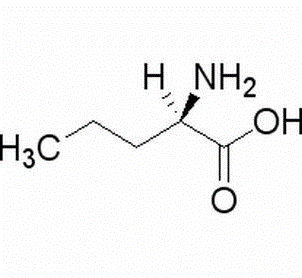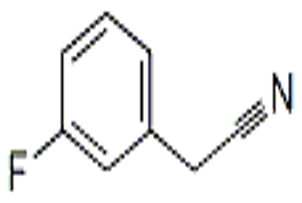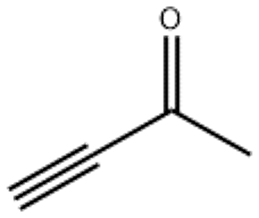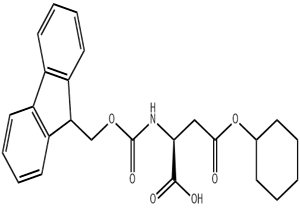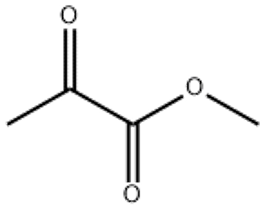D(-)-Norvaline(CAS# 2013-12-9)
Risk and Safety
| Hazard Symbols | Xn – Harmful |
| Risk Codes | R20/21/22 – Harmful by inhalation, in contact with skin and if swallowed. R36/37/38 – Irritating to eyes, respiratory system and skin. |
| Safety Description | S22 – Do not breathe dust. S24/25 – Avoid contact with skin and eyes. S37/39 – Wear suitable gloves and eye/face protection S26 – In case of contact with eyes, rinse immediately with plenty of water and seek medical advice. |
| WGK Germany | 3 |
| HS Code | 29224919 |
D(-)-Norvaline(CAS# 2013-12-9) introduction
D-norvaline is an organic compound with the chemical name D-2-amino-5-interaminoglutarate. It is an unnatural amino acid with a specific stereotype.
D-norvaline has many important uses in biology. D-norvaline can act as a muscle fatigue inhibitor and is effective in improving strength and endurance in athletes. D-norvaline is also widely used in protein synthesis, growth promoters, and muscle rehabilitation.
There are several methods for the synthesis of D-norvaline. The common method is obtained by the synthesis and isolation of chiral amino acids. The synthesis process is complex and requires a high level of technology and equipment. In addition, D-norvaline can also be obtained by microbial fermentation or chemical synthesis.
Safety Information: D-norvaline is generally safe, but there are a few things to be aware of. Contact with photosensitizers should be avoided to avoid photodegradation. If you have any allergies or adverse reactions to use, you should stop using it immediately. During use, the safe operating procedures of relevant chemicals should be strictly followed, and proper ventilation conditions should be maintained. If necessary, users should also store and dispose of waste in accordance with relevant regulations and regulations.
It can be synthesized in a variety of ways and is used in accordance with safe operating procedures.


